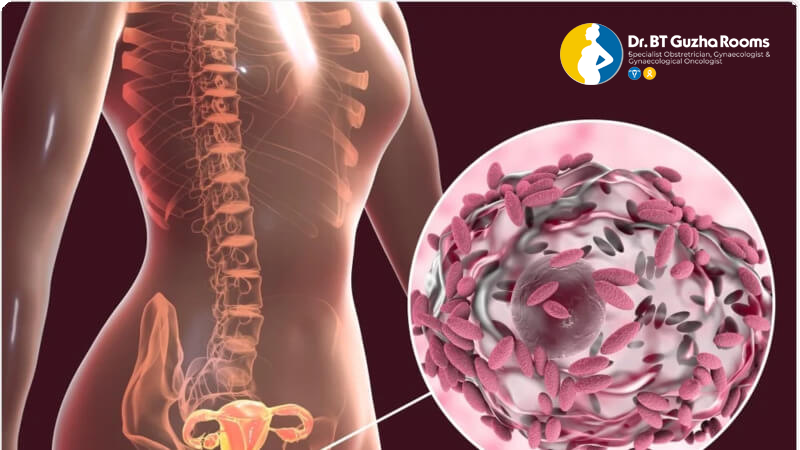Bacterial vaginosis (BV) is a common vaginal infection that results from an imbalance in the naturally occurring bacteria in the vagina. Despite its prevalence, BV often goes unnoticed or misdiagnosed, leading to potential complications. In this blog, we will delve into the world of bacterial vaginosis – its causes, symptoms, and available treatment options.
What is Bacterial Vaginosis?
Bacterial vaginosis occurs when the delicate balance of bacteria in the vagina is disrupted. Normally, “good” bacteria called lactobacilli keep the vaginal pH acidic, preventing the growth of harmful bacteria. When this balance is disrupted, the harmful bacteria multiply, leading to the development of BV.
Common Symptoms of BV:
1. Unusual Vaginal Discharge: One of the primary symptoms of BV is a thin, grayish-white vaginal discharge with a distinct fishy odor.
2. Vaginal Odor: A strong, unpleasant odor is a hallmark sign of BV. The odor is typically described as fishy and may become more noticeable after sexual intercourse.
3. Vaginal Itching and Irritation: Some women with BV may experience mild itching or irritation around the vagina.
Causes of BV:
While the exact cause of bacterial vaginosis isn’t fully understood, several factors can contribute to its development:
1. Disruption of the Vaginal Ecosystem: Activities that disturb the natural balance of bacteria in the vagina, such as douching, using certain feminine hygiene products, or engaging in unprotected sexual intercourse, can increase the risk of BV.
2. Multiple or New Sexual Partners: Having multiple sexual partners or recently starting a new sexual relationship may increase the likelihood of developing BV.
3. Antibiotics or Hormonal Changes: Certain antibiotics can disrupt the natural vaginal flora, making women more susceptible to developing BV. Additionally, hormonal changes, such as during pregnancy or menopause, can also alter the vaginal environment.
Treatment and Prevention of BV:
If you suspect you have bacterial vaginosis or experience any symptoms, it’s important to seek medical attention for proper diagnosis and treatment. Your healthcare provider may recommend the following:
1. Antibiotics: BV is typically treated with oral or vaginal antibiotics prescribed by a healthcare professional. It’s important to complete the full course of medication to ensure the infection is completely cleared.
2. Probiotics: Some studies suggest that taking oral or vaginal probiotics containing lactobacilli, the “good” bacteria, may help restore the natural balance in the vagina and reduce the risk of recurring BV.
3. Preventive Measures:
a. Avoid douching or using scented feminine hygiene products, as these can disrupt the vaginal flora.
b. Practice safe sex using barrier methods or condoms to reduce the risk of BV and other sexually transmitted infections.
c. Maintain good genital hygiene by gently cleaning the vulva and avoiding excessive washing or harsh soaps.
d. If you are prone to recurrent BV, your healthcare provider may recommend reducing or eliminating triggers such as bubble baths or hot tubs.
Conclusion:
Bacterial vaginosis is a common vaginal infection that can be distressing and uncomfortable. Being aware of the symptoms, causes, and available treatment options is crucial for early detection and effective management. Remember, open communication with your healthcare provider and adopting preventive measures play a crucial role in maintaining vaginal health and reducing the risk of recurring BV.

